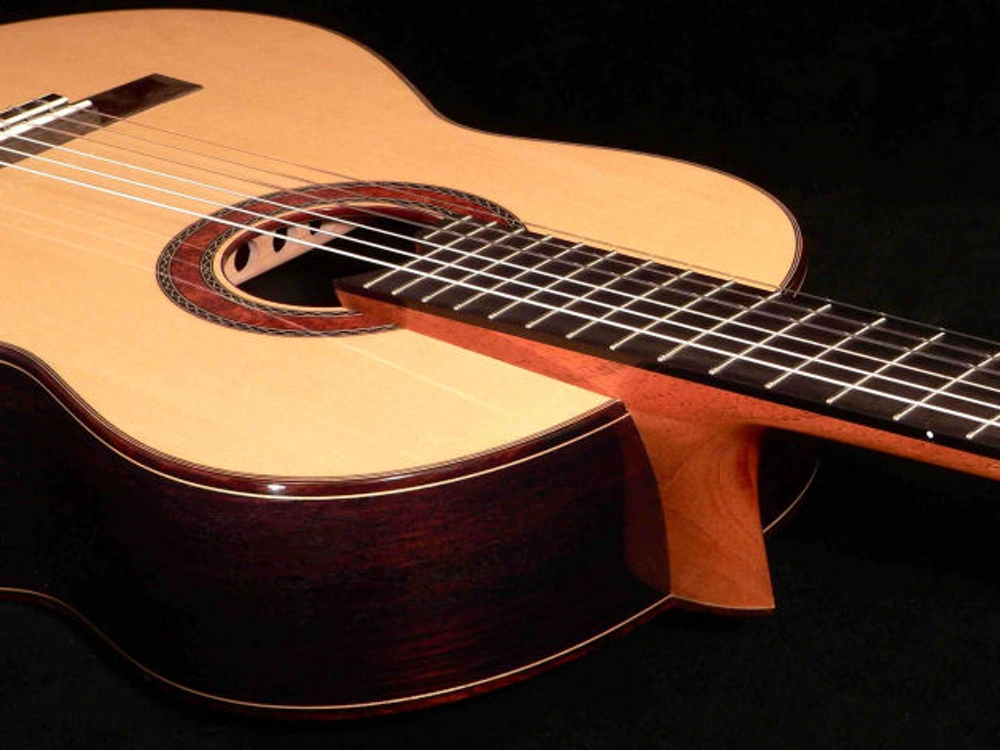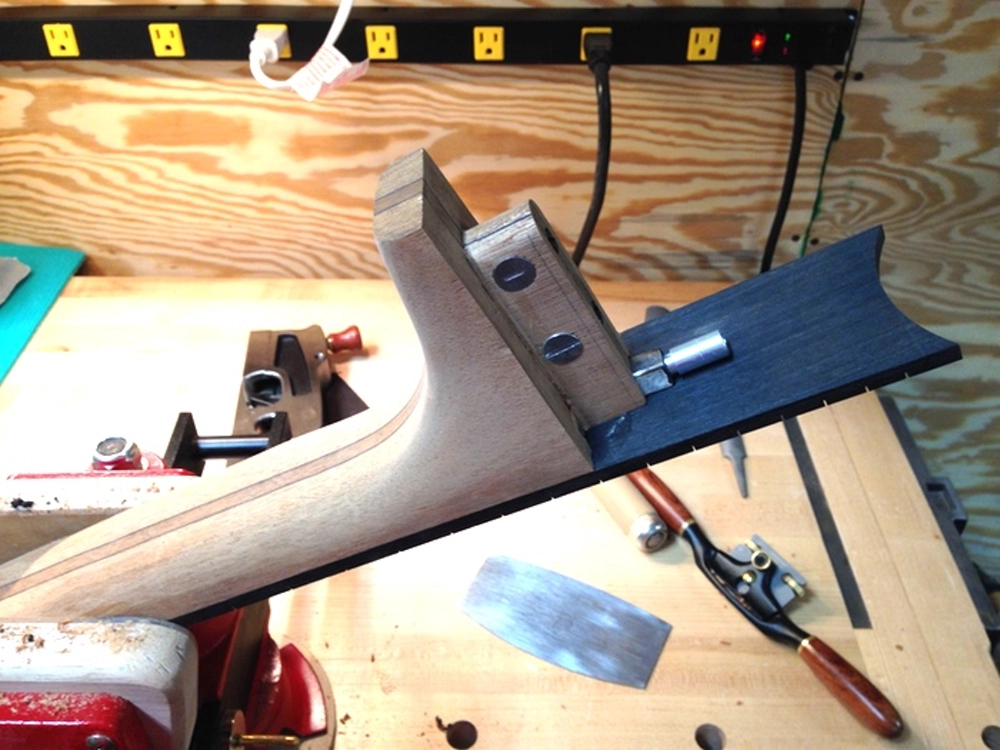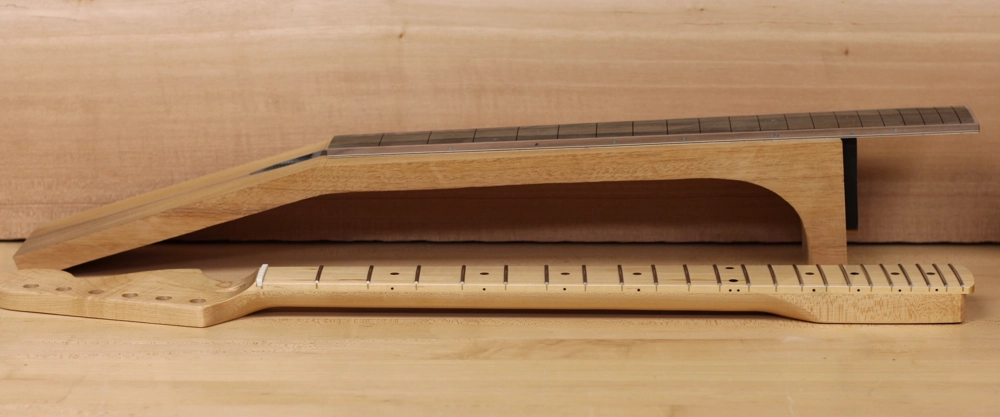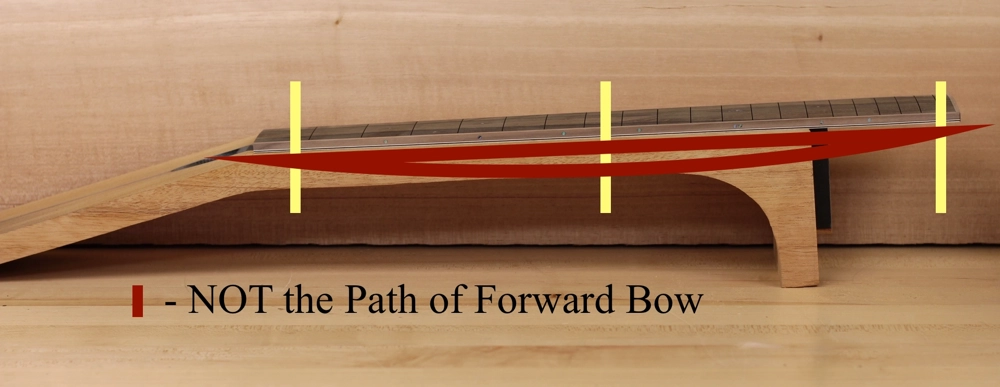I Swear it's Not an Illusion - It's a Hump!
We know that environmental conditions can exacerbate the illusion of a hump, especially for instruments that are more prone to movement relative to the moisture content in the air.
We know that the most significant movement in wood occurs tangentially. For more information on this, see my article titled » Neck Blocks, Tail Blocks and Linings.
Most neck blocks are cut in such a way that their tangential movement, their propensity to swell and shrink, is in the up and down direction ... directly beneath the fretboard at the neck-to-body joint.
(See! I knew it was a hump!)
In the presence of humidity high enough to cause the neck block to literally swell sufficiently to actually push the fretboard up into a hump, you would very likely be dealing with a host of issues, including splits in the sides. Under such extreme conditions, the neck joint, which controls the angle at which the neck encounters the body, would be subject to movement. If a tiny shift in the neck block/body connection were to cause the headstock to drop back, ever so slightly, this would both lower the action as well as potentially cause an existing hump condition to appear to be more prominent. The lowered string height can introduce fret buzz that wasn't present before. Conversely, if the neck block were to rotate forward, the action would be raised and the neck would likely require resetting.
With wood swelling and shrinking to varying degrees on such a guitar throughout the seasons, and having an understanding of what factors are contributing to the illusion of the hump at the body joint, I hope this can help to explain why the issue of the fretboard hump can appear to be more pronounced on some days than others.











